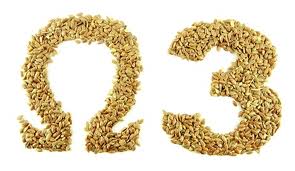 A few weeks ago, on one of those beautiful Vermont summer nights, I took my children to watch an outdoor viewing of the movie Gnomeo and Juliet. For those of you not familiar with this movie, it is a newly released animated children’s version of Shakespeare’s classic story of forbidden love, Romeo and Juliet. However, in this case, it is two garden gnomes that fall in love despite coming from dueling backyards.
A few weeks ago, on one of those beautiful Vermont summer nights, I took my children to watch an outdoor viewing of the movie Gnomeo and Juliet. For those of you not familiar with this movie, it is a newly released animated children’s version of Shakespeare’s classic story of forbidden love, Romeo and Juliet. However, in this case, it is two garden gnomes that fall in love despite coming from dueling backyards.
So, midway through, I was all set to give this movie a Siskel and Ebert style two thumbs up until it happened. One line, one unnecessary and casually made line, that made me cringe as a mother to two girls and made the nutritionist in me snarl and gnash my teeth at the screen. The line was this (told to Juliet by her nurse) – “he won’t like you once he find out how much you weigh.”
Seriously? In a children’s movie? This comment represents the body image issues and dysfunctional relationships with food that plague too many Americans these days. Some may argue that this was only one innocent comment but many of my clients with eating disorders may disagree as many can often trace the start of their struggles back to a single similar comment. The comment plants the seed that is easily watered by image-driven media and fertilized nicely by societal pressures. Shine some sunlight from the popular ultra-thin celebrity role models out there and watch that seed grow!
Empower yourself and your child against these negative influences by creating a list of 10 things you like about yourself that have nothing to do with appearance. Share your list with your child and encourage them to create a list of their own. Consider writing this list down and posting someplace visible as a daily reminder that who you are is not about what you look like.









